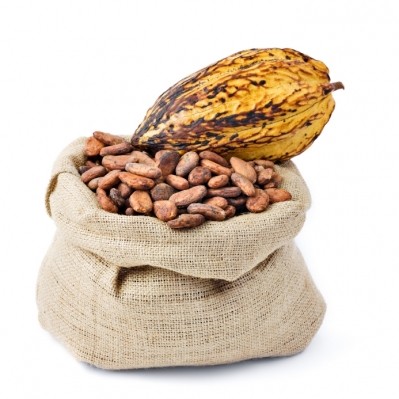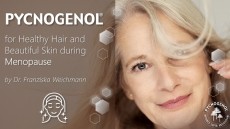Special edition: Healthy chocolate
Markets: functional chocolate finding its feet
Chocolate is big business. Market researcher, Euromonitor, puts the market at $100bn and notes the rise of dark and premium chocolate that is boosting the category but remains at little more than a few per cent with the bulk of the growth coming from North America and Asia.
Euromonitor estimates the global market for functional chocolate at $371.9m in 2009, growing to $460.3m in 2012. In 2002 it was worth only $141.5m.
In 2009 the bulk of sales are coming from the Asia Pacific at $175m, followed by North America at $93.8m and western Europe at $95.9m.
But North America is expected to overtake next year and will be worth $128.2m in 2012, compared to near-stagnant western Europe at $103.2m. The Asia Pacific will be worth $221.2m by then.
Latin America is not expected to register any sales in the near future while the eastern European market is not expected to climb much over $1.5m by 2012. No data was collected for the Middle East and Africa.
Mintel notes that so far in 2009 there have already been 34 functional chocolate launches, the same as 2007, but more than double the 16 debuts of 2005. Of 123 global product launches since 2005, 36 have been in the US, with Japan and Germany next at nine.
Of those launches 40 made weight management claims, 22 made cardiovascular claims, 17 made cognitive claims and 15 made digestive health claims.
The ability of polyphenols to benefit heart health and free radical-scavenge are primary draws as consumer health benefit awareness rises. While the segment still suffers from a counter-intuitive response in many consumers that a health benefit shouldn’t be derived from an indulgence food like chocolate, this is being overcome.
For Euromonitor researcher, Francisco Redruello, well-being, energy, skin care, organic and natural are key areas in healthy chocolate.
Failures and successes
And so the market surges ahead despite high-profile product failures such as Mars CocoaVia (including cholesterol-lowering, plant sterols), Mars Dove Beautiful (beauty from within) and Hershey antioxidant bars which have all been withdrawn in the US after relatively short life spans, according to Leatherhead Food Research.
Leatherhead researcher, Chris Brockman, told NutraIngredients.com the global market had a lot of potential but like many nascent markets, would continue to see a high failure rate among new product launches.
“There are many products that have failed around the world and will continue to do so,” he said. “The science is relatively new and there remains some confusion about how to position the products and many consumers still don’t understand the propositions being made. But if the health benefits are not the primary reason consumers buy, they are becoming powerful secondary reasons.”
Brockman said energy ingredients such as guarana were increasingly being eyed by functional chocolate makers, as they spread from the drinks sector, and other ingredients such as omega-3 and green tea were also finding their way into chocolate formulations.
Driving force
While no functional chocolate has broached the mainstream, many have achieved niche level success and it is fair to say that every major chocolate player has an interest in developing healthy chocolate lines, even those at the back-end like chocolate supply behemoth, Barry Callebaut, which has academies devoted to isolating the healthiness inherent in cocoa and its chocolate off-shoots.
Most of the major chocolate makers are busy researching in this way (see future articles in this series for more on this).
Euromonitor suggests placing healthy chocolate offerings in vending machines near to schools as a potential marketing ploy to broaden their appeal, as regulations tighten around what can be offered in school vending machines.
Spend per head
The Swiss have the highest per head spend, at about $110, per year, Mintel observed, nearly twice that of the UK, which is the next closest at about $56 per head. Belgians spent about $50 per head, Poles about $23, the Japanese about $18 and the Chinese less than $1 per head per year.
But the Chinese is the fastest growing market in the world and will average about 20 per cent annual growth until at least 2013, Mintel figures show, with India and Argentina next with yearly expansion of about 10 per cent on average until 2013.













